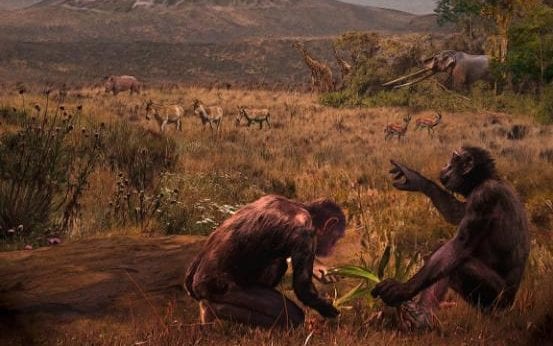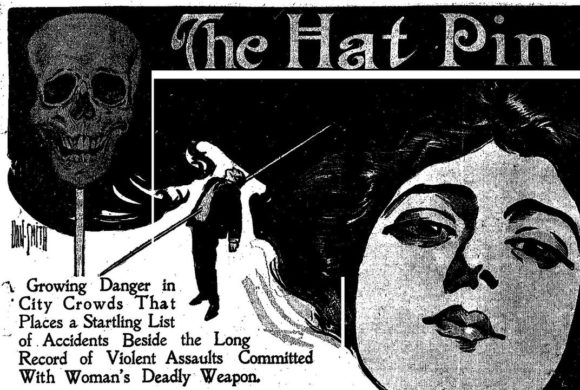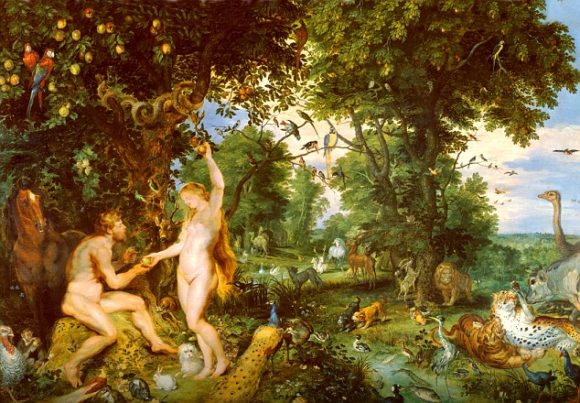A New History of Human Evolution?
A newly discovered “missing link” indicates that our ancestors were evolving and splitting from chimpanzees in Europe, not in Africa. The mysterious origins of humanity continue to come to light….but the story is not anywhere near complete. What will they discover next that changes our understanding of our beginnings?
From The Telegraph,
Europe was the birthplace of mankind, not Africa, scientists find
The history of human evolution has been rewritten after scientists discovered that Europe was the birthplace of mankind, not Africa.
by Sarah Knapton, Science Editor
“Currently, most experts believe that our human lineage split from apes around seven million years ago in central Africa, where hominids remained for the next five million years before venturing further afield.
But two fossils of an ape-like creature which had human-like teeth have been found in Bulgaria and Greece, dating to 7.2 million years ago.
The discovery of the creature, named Graecopithecus freybergi, and nicknameded ‘El Graeco’ by scientists, proves our ancestors were already starting to evolve in Europe 200,000 years before the earliest African hominid.
An international team of researchers say the findings entirely change the beginning of human history and place the last common ancestor of both chimpanzees and humans – the so-called Missing Link – in the Mediterranean region…”
For the rest, click here.
Share



